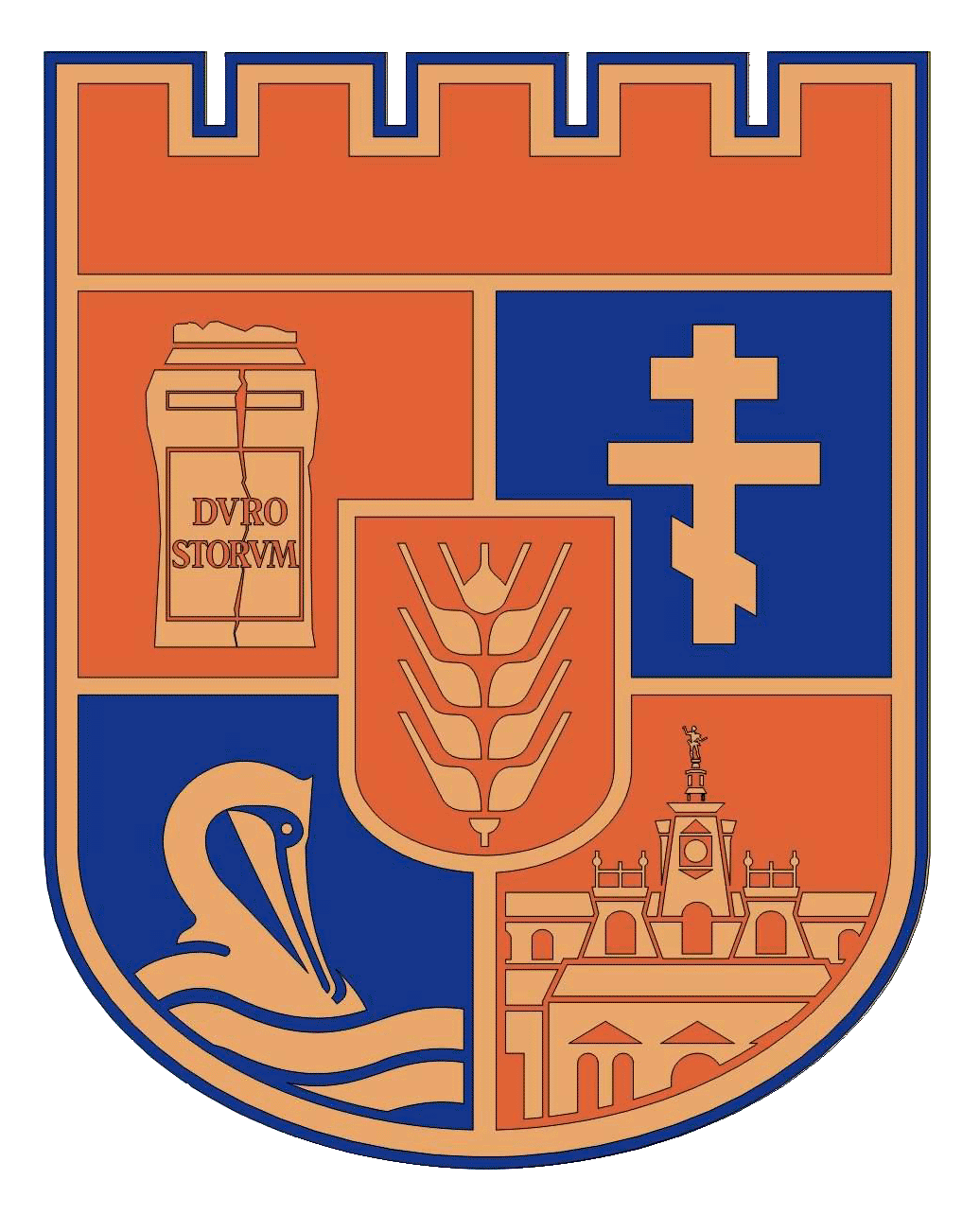The archaeological site of Sultana - Malu Rosu
Category OtherLOCATION
Sultana
917172 Călăraşi
DESCRIPTION
Sultana-Malu Rosu is one of the most spectacular archaeological sites in the country. It is a site where fascinating objects of anthropomorphic plastic from the prehistory of Romania (4th millennium BC) were brought to light. The Eneolithic settlement of Sultana-Malu Rosu was the first Gumelnian site that was the subject of scientific research in the 20s of the last century. The research was started by Ion Andriesescu and Vladimir Dumitrescu, representing a first affirmation of the archeology school in Romania, whose bases are related to the work of Vasile Parvan. The archaeological material found there makes Sultana-Malu Rosu a special site during the Eneolithic Age. At least eleven surface dwellings, of relatively small size, rarely exceeding 4 m in length and 3 m in width (only 7 x 4 m) oriented north-south, were investigated. Some of them had a bed of beams arranged on clay floors.
The hearths not missing from the houses were usually placed in the northwest corner. The walls had pillars of wood with braided branches of clay, and the roof was probably of reed. The settlement also had a defense ditch, about 6 m deep, which was doubled inwards by a wave of land about one meter high and three to four meters wide. These are just a few of the many remarkable discoveries identified at Sultana-Malu Rosu. Specialists of the Lower Danube Museum in Calarasi say that the treasure of gold objects, consisting of three anthropomorphic figurines, saltaleons and a chain of seven links, with a total weight of 36,170 gr is a discovery that must be remembered. Among the ceramic pieces, Sultana's "Vasul cu Îndrăgostiţi", is undoubtedly one of the masterpieces of prehistoric art, no less than the famous "Gânditor" of Cernavoda. A couple sitting on a bank is modeled on the bottom of a bowl, decorated with white and red diamonds on the net. The man holds the woman by the shoulders while she has her arms on her stomach. The symbolism of this piece points to a true mythical theme of the Gumelnian society that gives the name of the vessel: "Vasul cu Îndrăgostiţi".[1] The culture layer measures between 2.50 m and 4 m.
HISTORY
In the second half of the 5th millennium BC, in the south of Romania, the Gumelniţa Civilization evolved, named after the first discoveries belonging to this culture to the point of Măgura Gumelniţa, 4 km north-east by the city of Oltenita. This civilization was the most advanced in Europe at that time, with a stage of social and economic development similar to contemporary civilizations in Egypt and Mesopotamia, now considered cradles of the civilization of mankind. Aria Gumelnita included all Muntenia, southern Moldova, Dobrogea, eastern Bulgaria and reached the Aegean Sea. Ceramics here, variedly decorated, have incised, embossed or painted with ornaments, especially graphite. The predominant decorative motifs are geometric-spiral. People worked on gold and brass, from which they made ornaments. Some plastic achievements of this civilization are true works of art. Back then they used making jewels as therapy. One would have nicely shaped and colored (painted) household pots and another would only possess grayish ones. The people of Gumelniţa created a beautiful and harmonious world (hence the name "Placia", or "the country that we like" (of the skins, pelasgians).
The site was discovered after the fieldwork conducted by Radu Vulpe, the initial excavations were carried out by Ion Andieşescu. Between 1958 and 1974 Barbu Ionescu of the Museum of Oltenita carried out numerous archaeological surveys there, and in the period 1974-1983 large archaeological excavations were carried out by Constantin Isacescu from the Giurgiu Museum, who also established the stratigraphy of the resort. Since 2002 systematic archaeological research has been carried out by the Lower Danube Museum in Calarasi thanks to a team led by the researcher Radian Andreescu from the National History Museum of Romania. On the basis of information from Radu Vulpe, Eugen Comsa claims that in 1923 during the excavations carried out by Ion Andriesecu a ceramic fragment belonging to the Boyan culture, Bolintineanu phase, was discovered.[2] The archaeological researches in this site were resumed following the initiative of the Lower Danube Museum - Calarasi in 2001, amid the permanent degradation of the Sultana-Malu Rosu settlement. This research was conceived as a project titled "Dynamics of Neo-Eneolithic Housing on the Mostiştei Valley", in addition to the research of the Sultana-Malu Rosu site and the research of the whole valley of Mostiştei between the localities of Monastery and Tamadau. The Museum of the Lower Danube Calarasi funded the researches carried out in the 5 archaeological campaigns carried out so far (2001, 2002, 2003, 2004, 2005).
Since 2006, the necropolis of the settlement has been discovered and up to 50 burial tombs have been investigated so far.
SITE SIGNIFICANCE
The archaeological site of Sultana - Malu Rosu is the first archaeological site where a scientific research on the Gumelnita culture has been carried out.
VISITOR INFORMATION
It is located outside and is free to visit.
CLASSIFICATION
Archaeological-historical site
[1] 6000 de ani de istorie neîntreruptă la Sultana – Malu Roșu
http://www.ziarulnatiunea.ro/2015/06/06/6000-de-ani-de-istorie-neintrerupta-la-sultana-malu-rosu/
[2] Repertoriul Arheologic Naţional




